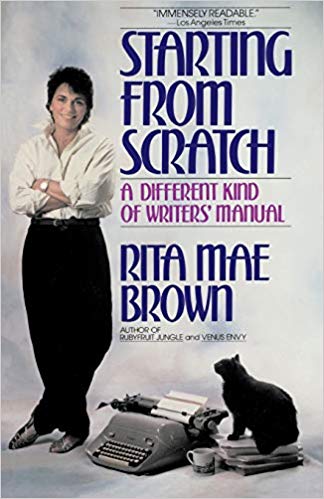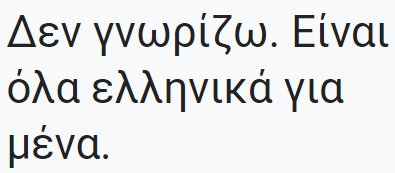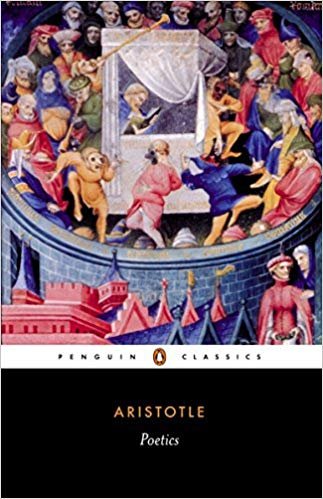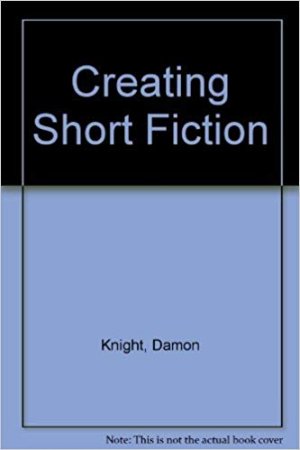First and up front, I’ve never enjoyed an Orson Scott Card book. I could never get into them. They didn’t interest me. When a reviewer favorably compared my The Augmented Man to Card’s Ender’s Game, I scratched my head. Grateful, of course, and still confused.
However, Card’s Characters & Viewpoint?
Another story (forgive the pun) entirely.
Although titled “Characters & Viewpoint”, the subtitle is “How to invent, construct, and animate vivid, credible characters and choose the best eyes through which to view the events of your short story or novel.” Tear that subtitle apart and you get (or, at least I got):
- Character
- General story building elements
- Story concept
- Scenes
- Story structure
- POV
- Narration
I so dog-eared this book my folded pages made it twice as thick as normal.
Greetings! I’m your friendly, neighborhood Threshold Guardian. This is a protected post. Protected posts in the My Work, Marketing, and StoryCrafting categories require a subscription (starting at 1$US/month) to access. Protected posts outside those categories require a General (free) membership.
Members and Subscribers can LogIn. Non members can join. Non-protected posts (there are several) are available to everyone.
Want to learn more about why I use a subscription model? Read More ch-ch-ch-ch-Changes Enjoy!




